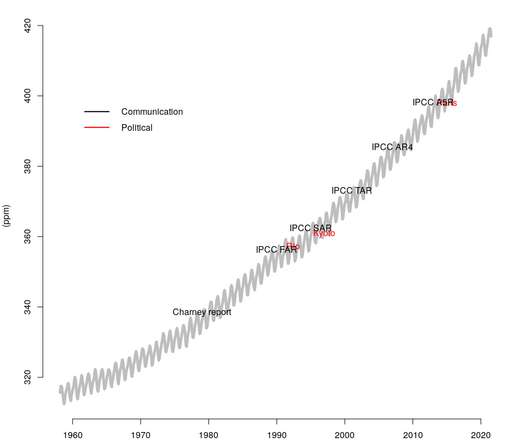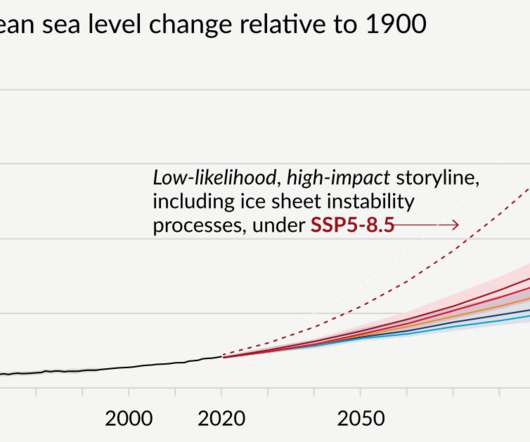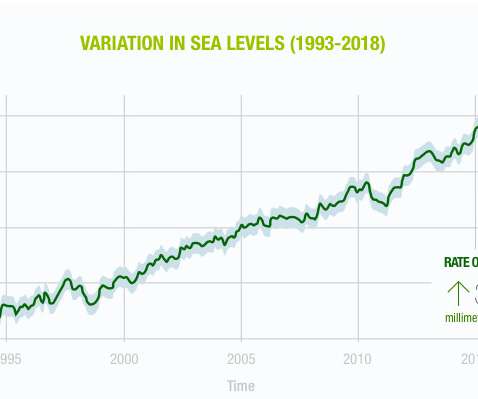COP30: Twelve environmental facts about Brazil in 2025
A Greener Life
JULY 6, 2025
By Amber Brady Ahead of the pivotal 2025 COP30 summit, which will take place in November and December, Amber Brady provides an updated version of our 2014 piece on Brazil’s environmental facts. Aerial view of the Amazon Rainforest, near Manaus, the capital of the Brazilian state of Amazonas. GW, and solar capacity surpassed 25.5











Let's personalize your content